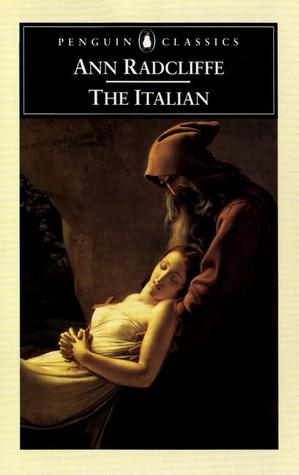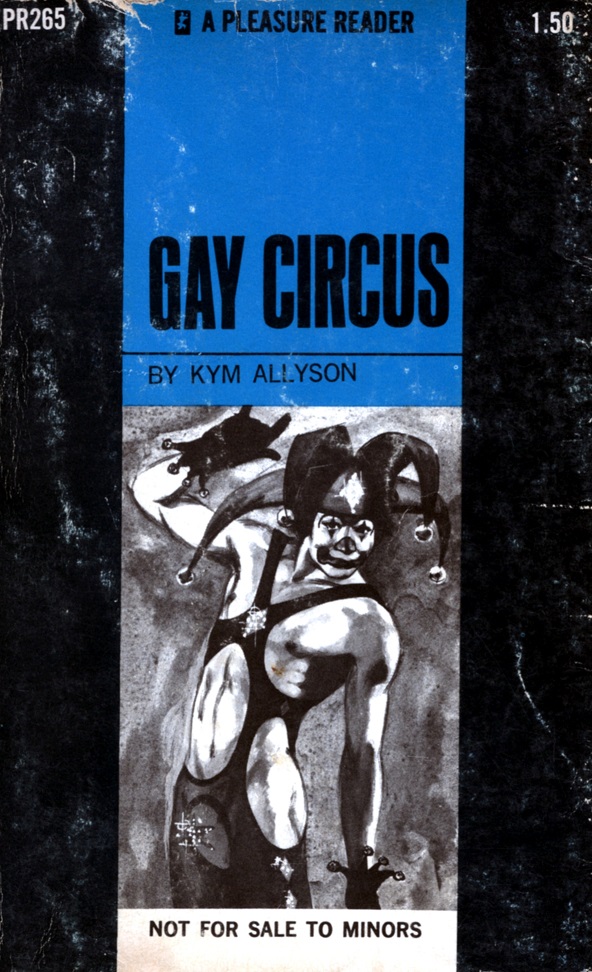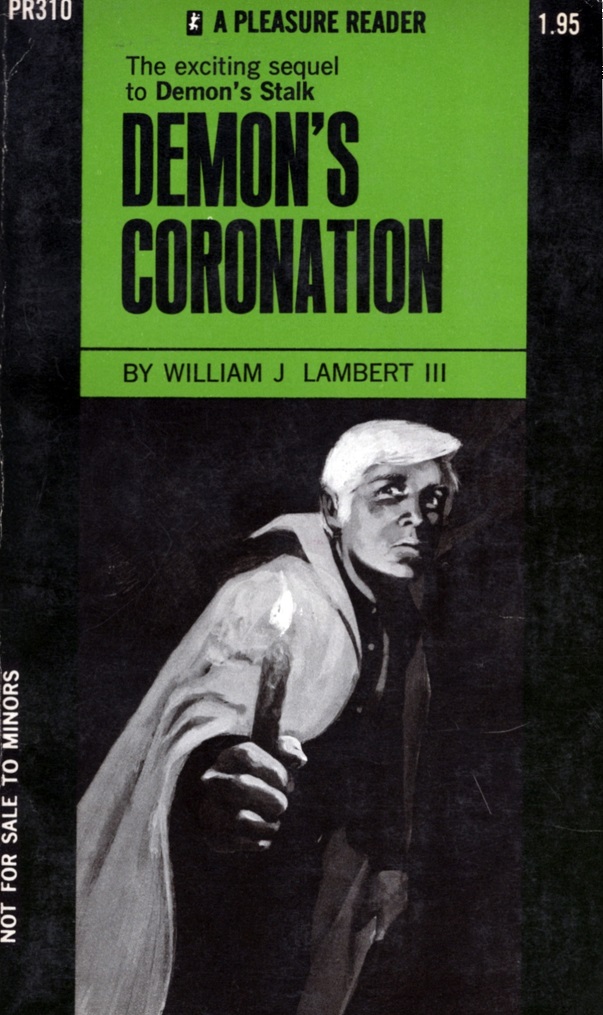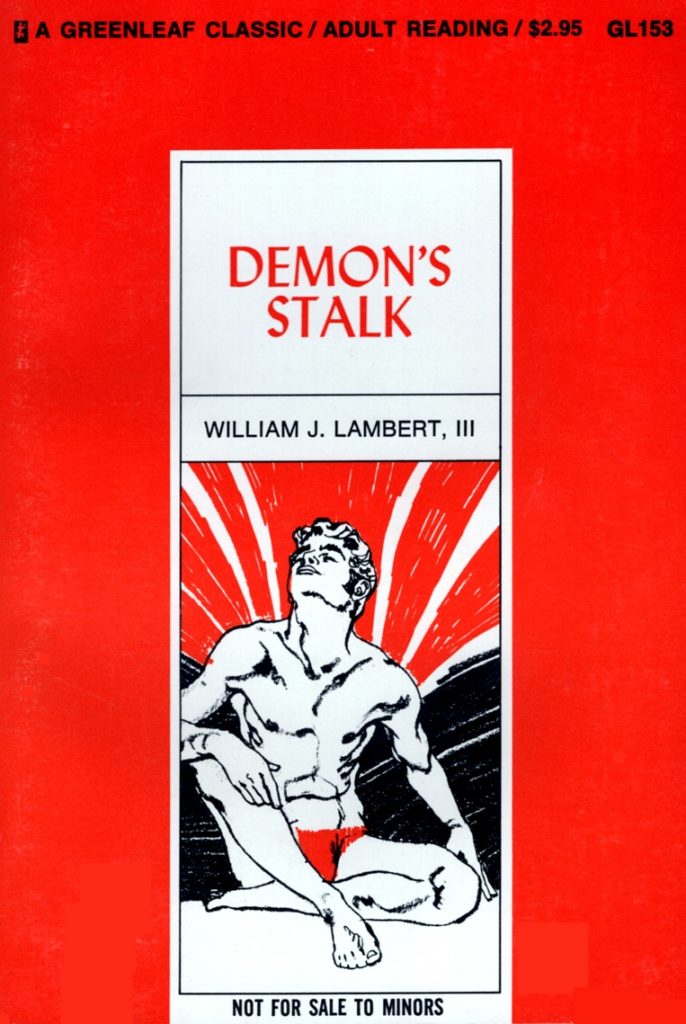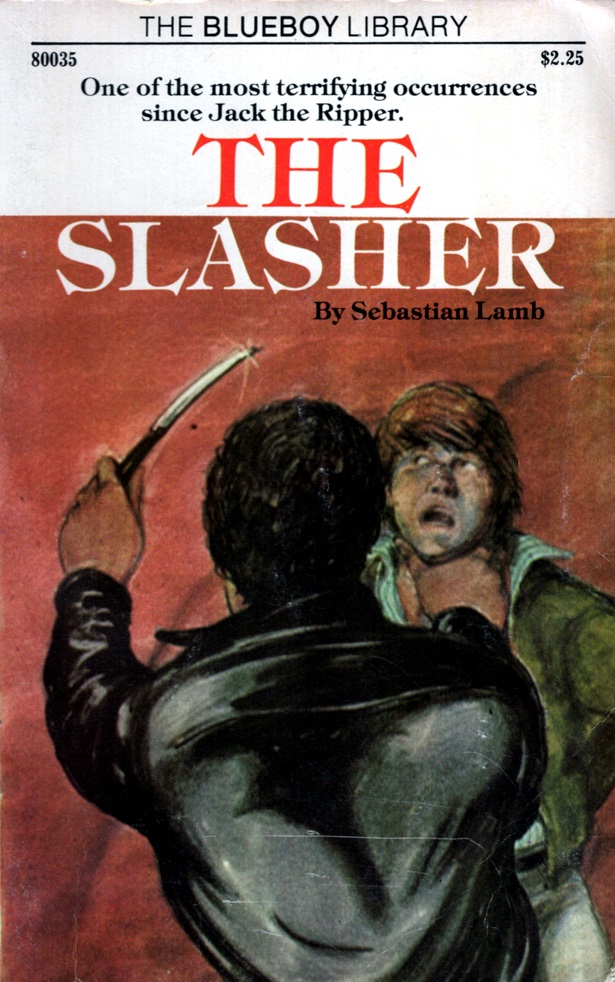
This rare 1977 horror novel occasionally pops up in academic discussions around gay representation in literature. Drewey Wayne Gunn, a leading academic on such topics, describes The Slasher as a “credible attempt to explain a killer’s mentality” and praises its “touching portrait of a relationship between two police officers and their friendship with the medical examiner.” He goes on to lament that the author’s actual identity remains a mystery, since Sebastian Lamb, like most headliners of pulp fiction, is a pseudonym.
Gunn’s praise is generous, but he’s not wrong. If you glaze over the overindulgent sex and generally poor writing, it’s possible to enjoy a story of semi-closeted detectives attempting to bring a killer to justice. Both victims and murderer are also gay, making this a story 100% by, for, and about gay men. A few lines of social commentary imply these grisly murders might go unchecked if the detectives were straight. The media, at least, aren’t interested in reporting on “faggot deaths” until one of the victims turns out to be a young, emerging actor.
Read more “Sebastian Lamb – The Slasher (1977)”
